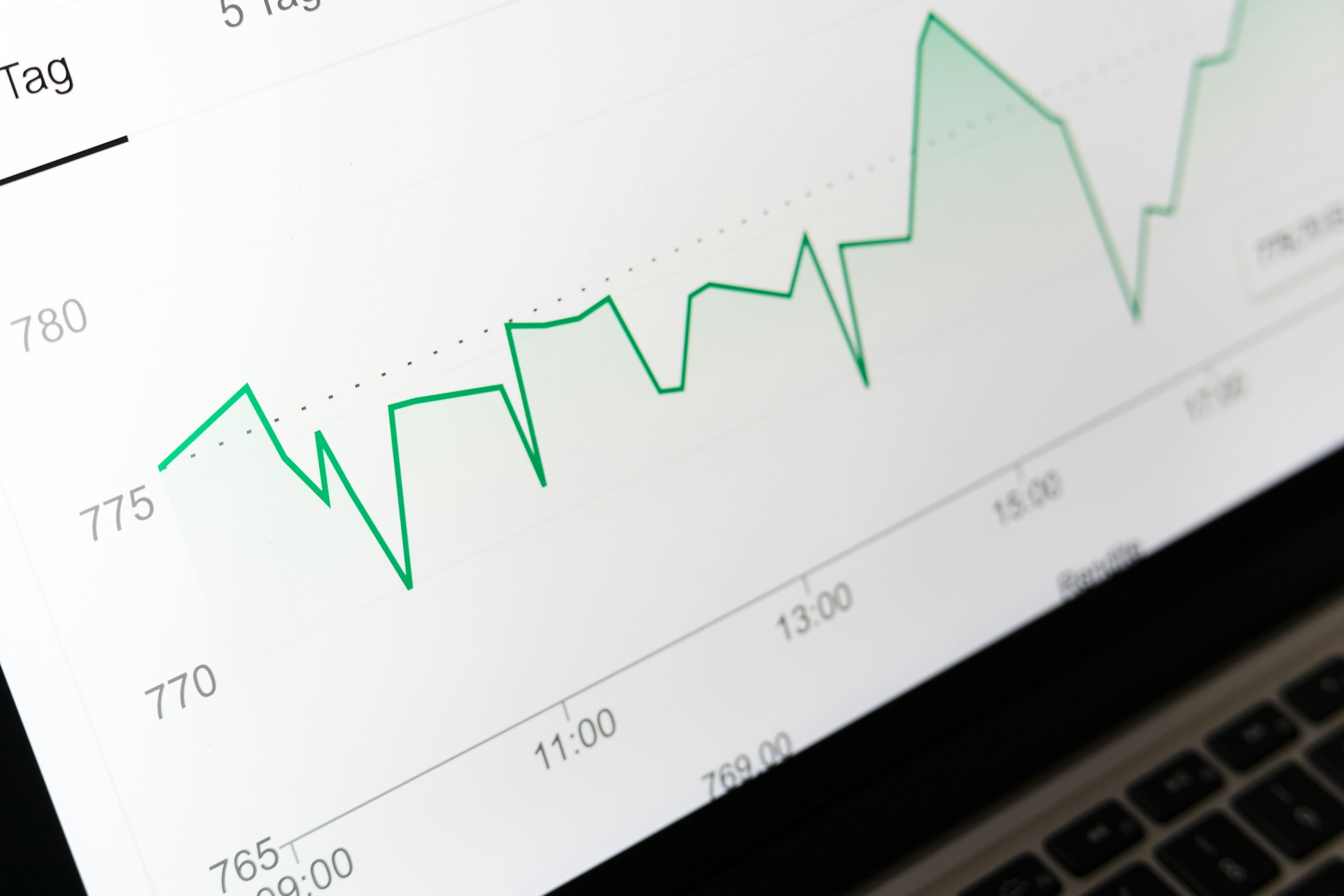
Discover how AI and visual data drive innovation by enhancing image recognition, autonomous systems, and personalized experiences across industries.
In a world increasingly driven by visual information, the convergence of artificial intelligence and computer vision is creating a technological revolution that touches virtually every industry. From smartphones that can identify objects in photos to autonomous vehicles navigating complex urban environments, the ability of machines to “see” and interpret the world is transforming how we live and work. This fascinating intersection of AI and visual data represents one of the most dynamic and promising areas of technological advancement today.
The Rise of AI-Driven Visual Data Technologies
For decades, computer vision existed as a specialized field with limited practical applications. Early systems required carefully controlled environments and struggled with tasks that humans perform effortlessly—recognizing faces, distinguishing objects, or interpreting scenes. The breakthrough came with the marriage of computer vision and modern AI techniques, particularly deep learning. This combination created systems that can process, analyze, and derive meaning from visual data with unprecedented accuracy and speed.
AI-powered computer vision now enables machines to perform visual tasks that once seemed impossible: detecting diseases from medical scans, identifying defects in manufacturing at microscopic scales, monitoring crop health across vast agricultural fields, and even understanding human emotions from facial expressions. What makes these systems revolutionary is their ability to learn from examples rather than following explicitly programmed rules, allowing them to improve over time and adapt to new visual challenges.
The pace of innovation in this field has accelerated dramatically in recent years, driven by several converging factors: exponential growth in computing power, breakthroughs in neural network architectures, the availability of massive visual datasets for training, and substantial investment from both tech giants and startups. As a result, a thriving ecosystem of specialized computer vision development companies has emerged, creating customized solutions that address specific industry needs while pushing the boundaries of what’s technically possible.
This technological evolution is particularly significant because visual data constitutes an enormous and largely untapped resource. Every day, billions of images and videos are captured by smartphones, surveillance cameras, satellite systems, medical devices, and countless other sources. The ability to automatically extract meaningful insights from this visual information unlocks value that would be impossible to realize through human analysis alone, simply due to the volume and complexity of the data.
Key Innovations at the Intersection of AI and Visual Data
The fusion of AI and visual data has sparked innovations across numerous domains. Let’s explore five of the most significant areas where this technology convergence is creating transformative impact.
1. Enhanced Image and Video Recognition
Perhaps the most visible application of computer vision and AI is the dramatic improvement in image and video recognition capabilities. Modern systems can identify thousands of object categories, recognize faces with high accuracy, read text from images, and even understand complex scenes and activities.
At the heart of these advances are deep learning architectures, particularly convolutional neural networks (CNNs), which are specifically designed to process visual data efficiently. These networks learn hierarchical features from images—starting with simple elements like edges and colors, then progressively identifying more complex patterns such as textures, parts, and eventually whole objects or scenes.
The practical applications are vast and growing:
- Retail companies use image recognition to enable visual search, allowing customers to find products by uploading photos rather than typing text descriptions.
- Social media platforms automatically identify faces in photos for tagging and can detect inappropriate content for moderation.
- Security systems can spot unusual activities or unauthorized individuals in protected areas.
- Automotive safety systems detect pedestrians, cyclists, and obstacles to prevent accidents.
Perhaps most impressively, these systems now operate in real-time on standard hardware, including smartphones and embedded devices. This accessibility has democratized visual AI, making it available for applications ranging from consumer apps to industrial systems.
The latest research is pushing beyond simple recognition to understanding context and relationships between objects, enabling more sophisticated visual reasoning. Systems can now generate natural language descriptions of images, answer questions about visual content, and even understand implied information that isn’t explicitly visible in the frame.
2. Advancements in Autonomous Systems and Robotics
The combination of AI and visual data has been fundamental to the development of autonomous systems that can navigate and interact with the physical world. Autonomous vehicles represent perhaps the most ambitious application, with self-driving cars using multiple cameras and other sensors to build comprehensive models of their surroundings.
These vehicles rely on computer vision to perform critical functions:
- Identifying and tracking objects like other vehicles, pedestrians, and obstacles
- Detecting lane markings, traffic signs, and signals
- Understanding road conditions and navigation cues
- Predicting the movements of other road users
Beyond transportation, robotics applications in manufacturing, logistics, and service industries have been transformed by visual AI capabilities. Warehouse robots navigate complex, dynamic environments while identifying and handling thousands of different product types. Manufacturing robots use vision systems to position parts precisely, inspect for quality issues, and adapt to variations in materials.
The key innovation that makes these systems possible is the integration of visual perception with decision-making. Modern autonomous systems don’t just see—they understand what they’re seeing and take appropriate actions based on that understanding. This represents a fundamental shift from traditional automation, which typically requires structured environments with minimal variation.
As these technologies mature, we’re seeing the emergence of more general-purpose robotics systems that can function in unpredictable human environments. From hospitality robots that navigate hotel lobbies to delivery robots traversing city sidewalks, visual AI is enabling machines to share spaces that were previously exclusive to humans.
3. Personalized Experiences in Retail and Marketing
The retail industry has embraced the intersection of AI and visual data to transform customer experiences and operational efficiency. Visual recognition technologies enable personalized shopping journeys that bridge the physical and digital worlds.
In physical stores, camera systems with privacy-preserving analytics track customer movement patterns, analyze engagement with products, and measure responses to displays. This visual data helps retailers optimize store layouts, staffing, and merchandising strategies. Some retailers have implemented “grab and go” shopping experiences where computer vision automatically tracks items as shoppers select them, eliminating checkout lines entirely.
Online, visual AI powers virtual try-on systems that allow customers to see how clothing, accessories, makeup, or furniture would look before purchasing. These systems analyze the customer’s appearance or environment and realistically overlay products, significantly reducing return rates and increasing purchase confidence.
Marketing has also been revolutionized by visual AI technologies. Brands can now analyze vast collections of images and videos from social media to understand how their products are being used in the real world. This visual listening provides insights beyond what traditional text-based monitoring can capture. Meanwhile, visual search capabilities allow consumers to find products by taking pictures of items they like, creating new discovery pathways beyond traditional search.
The most sophisticated retailers are implementing unified visual intelligence platforms that connect online behavior with in-store activities, creating seamless omnichannel experiences. As these systems evolve, they’re increasingly able to predict consumer preferences and proactively offer relevant recommendations based on visual cues and historical patterns.
4. Healthcare Imaging and Diagnostics
Perhaps no field has been more fundamentally transformed by the intersection of AI and visual data than healthcare imaging. Traditional medical imaging processes rely heavily on radiologists and other specialists to interpret X-rays, MRIs, CT scans, and other visual data—a process that is time-consuming and susceptible to human variability.
AI-powered imaging systems are now proving capable of detecting abnormalities with accuracy that matches or exceeds human specialists in some cases. These systems excel at:
- Identifying early signs of cancer in mammograms, lung scans, and skin images
- Detecting subtle indicators of cardiovascular disease in cardiac imaging
- Quantifying changes in neurological conditions through brain scans
- Analyzing retinal images for signs of diabetic retinopathy and other conditions
The impact extends beyond simply automating existing processes. AI systems can detect patterns and correlations in visual medical data that may not be apparent to human observers. They can quantify subtle changes over time, integrate information across different imaging modalities, and combine visual data with other patient information to provide more comprehensive diagnostic insights.
Importantly, these technologies aren’t replacing healthcare professionals but rather augmenting their capabilities. In typical implementations, AI systems perform initial screening or assessment, flagging potential issues for human review. This approach leverages the respective strengths of both AI (consistency, tirelessness, pattern recognition across large datasets) and human experts (contextual understanding, clinical judgment, patient interaction).
Beyond diagnostics, visual AI is transforming treatment planning and monitoring. Surgical planning systems use AI to analyze medical images and create detailed 3D models that help surgeons prepare for complex procedures. During surgery, augmented reality systems guided by computer vision can overlay critical information directly into the surgeon’s field of view. And remote monitoring systems using visual AI allow for continuous assessment of patients’ conditions without requiring constant human observation.
5. Enhanced Security and Surveillance Systems
Security and surveillance represent one of the oldest applications of computer vision, but the addition of modern AI capabilities has transformed these systems from simple recording devices to intelligent observers that can detect specific situations and behaviors.
Modern AI-enhanced surveillance systems can:
- Identify individuals through facial recognition, even in crowded or poorly lit environments
- Detect unusual behaviors or potential security threats in real-time
- Track objects or individuals across multiple camera views
- Recognize specific activities like package deliveries, loitering, or unauthorized access attempts
- Monitor crowd dynamics for safety concerns in public spaces
These capabilities extend across public safety, commercial security, and home protection applications. Law enforcement agencies use visual AI to analyze footage from body cameras and security systems to identify persons of interest or reconstruct events. Retail businesses deploy intelligent camera systems to detect shoplifting and analyze customer behavior. And homeowners increasingly rely on smart doorbells and security cameras that can distinguish between family members, delivery personnel, and potential intruders.
While the security benefits are significant, these technologies also raise important ethical and privacy concerns. The ability to automatically identify individuals and track their movements across public and private spaces creates the potential for surveillance that many find troubling. Different jurisdictions are taking varied approaches to regulation, with some places restricting facial recognition use while others embrace it for security applications.
Responsible developers and users of these technologies are implementing various safeguards, including privacy-by-design approaches that minimize data collection, transparent notification of monitoring, strong data protection protocols, and human oversight of automated decisions. Finding the right balance between security benefits and privacy protections remains an ongoing challenge as these technologies continue to evolve.
The Future of AI and Visual Data Innovations
AI and visual data technologies are advancing rapidly through innovations in neural networks, particularly transformers and multimodal models that understand visual information alongside text and speech.
Less supervised learning approaches are reducing dependency on labeled datasets, while miniaturization is bringing computer vision to edge devices through specialized chips and optimized algorithms, enabling local processing without cloud connectivity.
Visual AI is becoming more accessible as customizable platforms emerge that don’t require deep technical expertise. This democratization is driving exciting applications including AR/VR experiences, AI-generated visual content, visual search engines, digital twins, and ambient intelligence systems that understand human intentions through visual cues.
Final Thoughts
The AI-visual data intersection represents a transformative technological frontier, enabling machines to understand the world visually and creating innovation opportunities across industries. Organizations that harness these capabilities gain efficiency and competitive advantages, but success demands thoughtful application to meaningful problems.
Responsible development requires balancing technological capabilities with ethical considerations around privacy, bias, and security. The most valuable implementations will extend human capabilities rather than replace them, combining artificial and human intelligence to solve previously intractable challenges.
Was this news helpful?






 Yes, great stuff!
Yes, great stuff! I’m not sure
I’m not sure No, doesn’t relate
No, doesn’t relate



